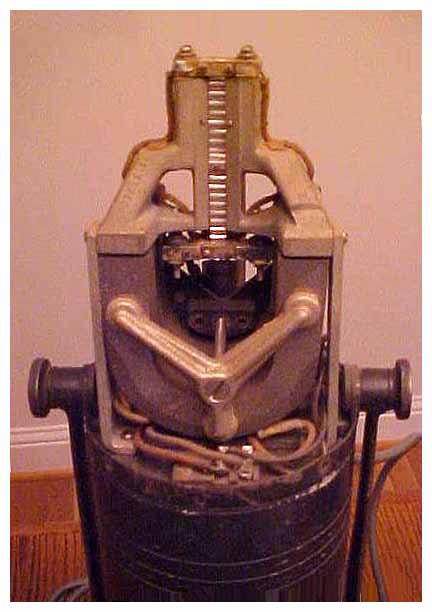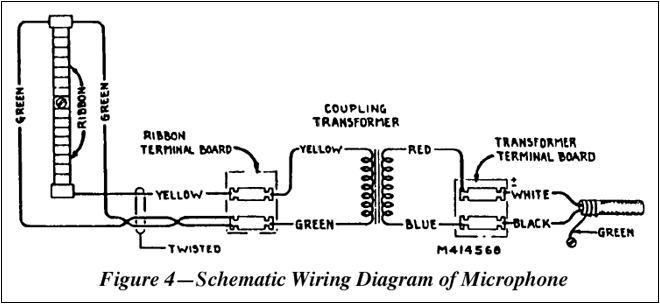Hi, you don't miss much by not having the transformers, they are fairly normal hi-z transformers. I think I will wire them to female XLR so that I can use them to connect mics to amps (not something I often do, but well).
Do you have each of the two outputs wired to xlr? the cable should have an earth connection, so that should be a first step to getting rid of the 50hz hum. Mine does not have any hum as far as I can tell.
Connected to my RME Fireface I have managed to use it on relatively quiet sources ok. The two recordings I put up on Gearslutz are of fairly quiet sources, (glockenspiel, archtop guitar and voice), but obviously with such a low output it will behave better with louder sources such as vocals, guitar amps, a drumkit, a full band or a string section.
Certainly if you get the two ribbons facing in the same direction and pan the recorded tracks in the center you should be able to get a louder signal with respect to the pre-amp noise from having the pre-amp at maximum gain (assuming that the self-noise of the mic is low, as it seems to be). [later edit: er, actually that would also probably cancel out most of the signal itself, so it's probably better to get them facing on different directions]
The VR65 (not the simpler NS) had a complicated matrix you could connect it to that would allow you to change the phase of one of the microphones, sum the signals to mono, etc, etc,
Zebra50 knows a nice very simple mod which consists in humbucking each ribbon motor by adding a parallel wire to the motor wiring (I'm not a very technical person but it was something along these lines). This gets rid of a lot of hum and noise and does not otherwise affect the sound, so it's highly recommended. Whenever the ribbons of my Lustraphone finally give up the ghost I might ask him to do it as well as the re-ribboning.





